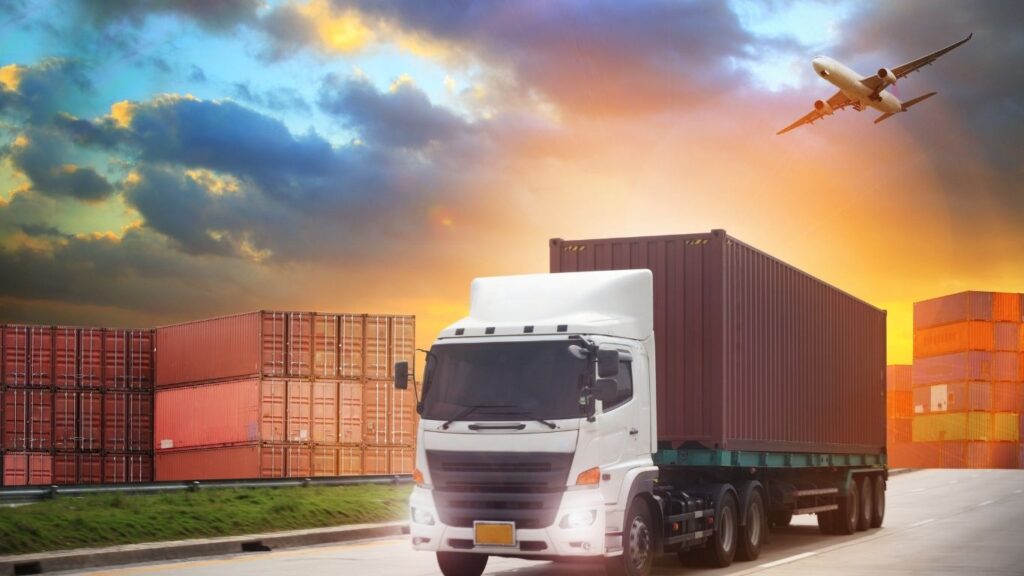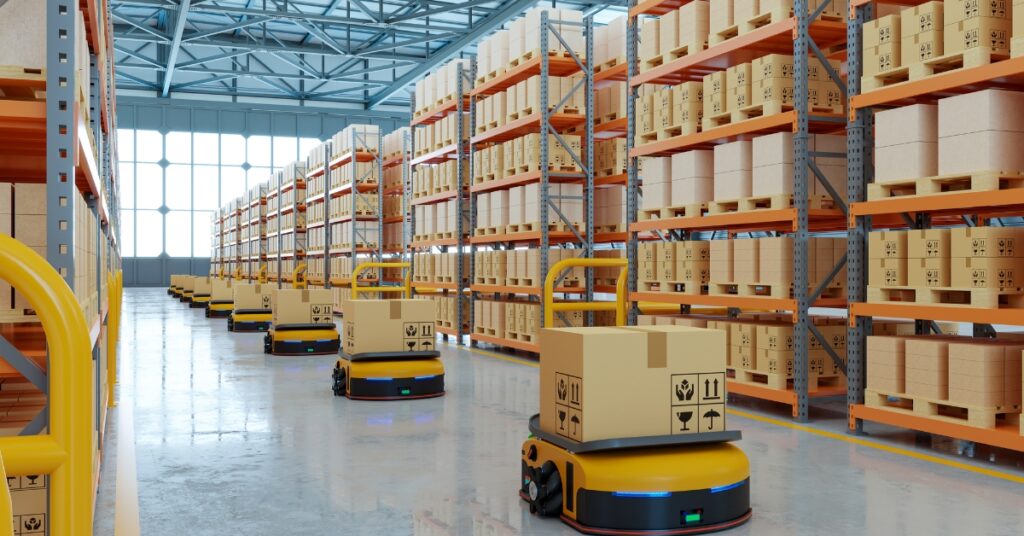1. Introduction
Transforming the retail industry, online shopping has behind each smooth transaction a powerful but rarely visible network called e-commerce logistics solutions. Well-run logistics would spell success or failure for a business, whether a start-up or a global brand.
This guide talks about e-commerce logistics solutions by 2025 and the adaptation of systems to be successfully scaled features.
2. What Are E-Commerce Logistics Solutions?
Speaking of those technologies, processes, and services by which people can hold, control, and deliver online products to individuals: warehousing, inventory management, order fulfilment, shipping, and returns.
All these are explicitly tailored to the needs of e-commerce, where actual efficiency and effectiveness come in cost-effectively and reliably getting the products from the seller to the buyer.
3. Significance of Logistics In E-Commerce
None of the product assortments bought over the e-commerce sites will reach their consumers on time and without damage due to logistics.
Competitive Advantage: Timely and reliable delivery sets you apart from slow competitors.
4. Elements of an Effective e-Commerce Logistics System
4.1 Order Fulfilment
Fulfilment involves receiving, processing, packing and shipping orders, usually closely associated with third-party fulfilment centres (3PLs) that are undertaken on behalf of e-commerce brands for faster deliveries with the least overhead.
4.2 Management of Inventory
Correct stock levels prevent overselling and stock-outs. Advanced systems provide real-time updates and automatic re-ordering abilities.
4.3 Warehousing
Lower costs, delivery time, and the correct location contribute to selection. E-Commerce logistics solutions range from multiple distribution centres to place stock closer to end customers.
4.4 Last-Mile Delivery
This last bit needs delivery, so it is an essential aspect. At this stage, relatively minor delays and errors lead to a negative customer experience.
4.5 Reverse Logistics
Returns are part and parcel of e-commerce. A well-structured returns process adds customer loyalty and makes customers’ exchanges of products or refunds less stressful.
5. Choosing the Right E-Commerce Logistics Solutions
Choosing a logistics partner is a business decision considered to be critically important.
Scalability: Can they handle peak-season surges?
Transparent and scalable pricing structures are finding their way into logistics decision-making by enterprises.
6. Leading E-Commerce Logistics Solutions Expected by 2025
Here are examples of such leading e-commerce logistics solutions that can be found at a global level:
- ShipBob: Most Ideal DTC brands with efficient control over Inventory and Order Management.
- Fulfilment by Amazon (FBA): The brand fully uses Amazon’s global infrastructure.
- DHL e-Commerce: Very robust internationally connecting cross-border e-commerce.
- Easyship: Flexible shipping rates and Automation.
- Shopify Fulfilment Network: Integrated logistics of Shopify sellers.
7. Integration with E-Commerce Platforms
Your logistics system should integrate perfectly with your online store. Benefits of integration are as follows:
- Automatic order updates.
- Real-time inventory sync.
- Dynamic shipping rate calculations.
- Centralized dashboard for tracking and reporting purposes.
The most prominent platforms (Shopify, WooCommerce, Magento, BigCommerce, to name a few) fully integrate with all logistics providers.
8. Information Technology Used in E-Commerce Logistics
Indeed, when one thinks of modern logistics today or the new-age technology of e-commerce logistics solutions, it brings to mind several innovations as follows:
8.1 Automation
Automated picking, packing, and inventory tracking improve speed and accuracy. Conveyors and robots are entering the larger fulfilment centre space very rapidly now.
8.2 Artificial Intelligence
Forecast demand with AI, augmented delivery route planning, and redefine warehouse characteristics for quicker processing.
8.3 Real-Time Tracking
As for customers, they expect the feature to allow them to trace their orders in real-time. Live updates using GPS are provided for deliveries and ETAs.
8.4 Cloud-Based Systems
Cloud systems have an elastic infrastructure to ensure that companies can operate without the considerable investment in hardware.
9. Common Hurdles and Solutions
That, however, does not mean that the development of any kind of e-commerce logistics lays down the sunflower, specifically a withering problem:
Delayed shipments
- Causes: Poor inventory handling, unreliability from carriers.
- Solution: Real-time inventory tracking tools across a diversified carrier network.
Inventory Errors
- Reasons: Manual stock tracking, misplaced stock.
- Solution: Include bar code scanners and a cloud inventory system.
High Return Rate
- Caused By: Wrong descriptions; poor packaging.
- Solution: Improving the accuracy of the product listing by investing in protective packaging materials.
International Logistics
- Customs hurdles: language considerations.
- Solution: Tie up with a well-established cross-border logistics firm.
10. Optimizing Their Logistics Strategy
The e-commerce logistics solution optimization will be Data-Driven Decision Making: Check performance reports and see where potential bottlenecks would be.
- Zone Skipping: Companies may consolidate packages for shipment to close to consumption for savings on last-mile delivery costs.
- Packaging Optimization: Right-sized packages cut shipping costs.
- Carrier Diversification: Don’t put all your eggs in one basket.
11. Future Trends in E-Commerce Logistics Solutions
These are the following predictions for the e-commerce future:
- Drone Delivery: Super-fast last-mile delivery into metropolitan areas.
- Sustainability: Green methods of shipping and packaging.
- Hyperlocal Fulfillment Centers: Minimum turnaround time and emissions.
- Blockchain Technology: More transparency means less fraud in the supply chain.
- AI Route Optimization: Better algorithms yield better delivery efficiencies.
Conclusion: E-Commerce Logistics Solutions
Compared with the already high levels of competition today, customer demands will probably shoot through the roof by then, making it much easier for brands to deliver at scale, technology-right, data-right, and partner-right.
Laying down a resilient logistics system has ceased to be just an operational choice but is now a strategic advantage. An optimized supply chain does not just save costs; it builds a trusting customer base, increasing sales eventually.
Scaling your e-commerce operations into the digital space would require intelligent, forward-looking logistics solutions that will be adaptable and customer-centric.



